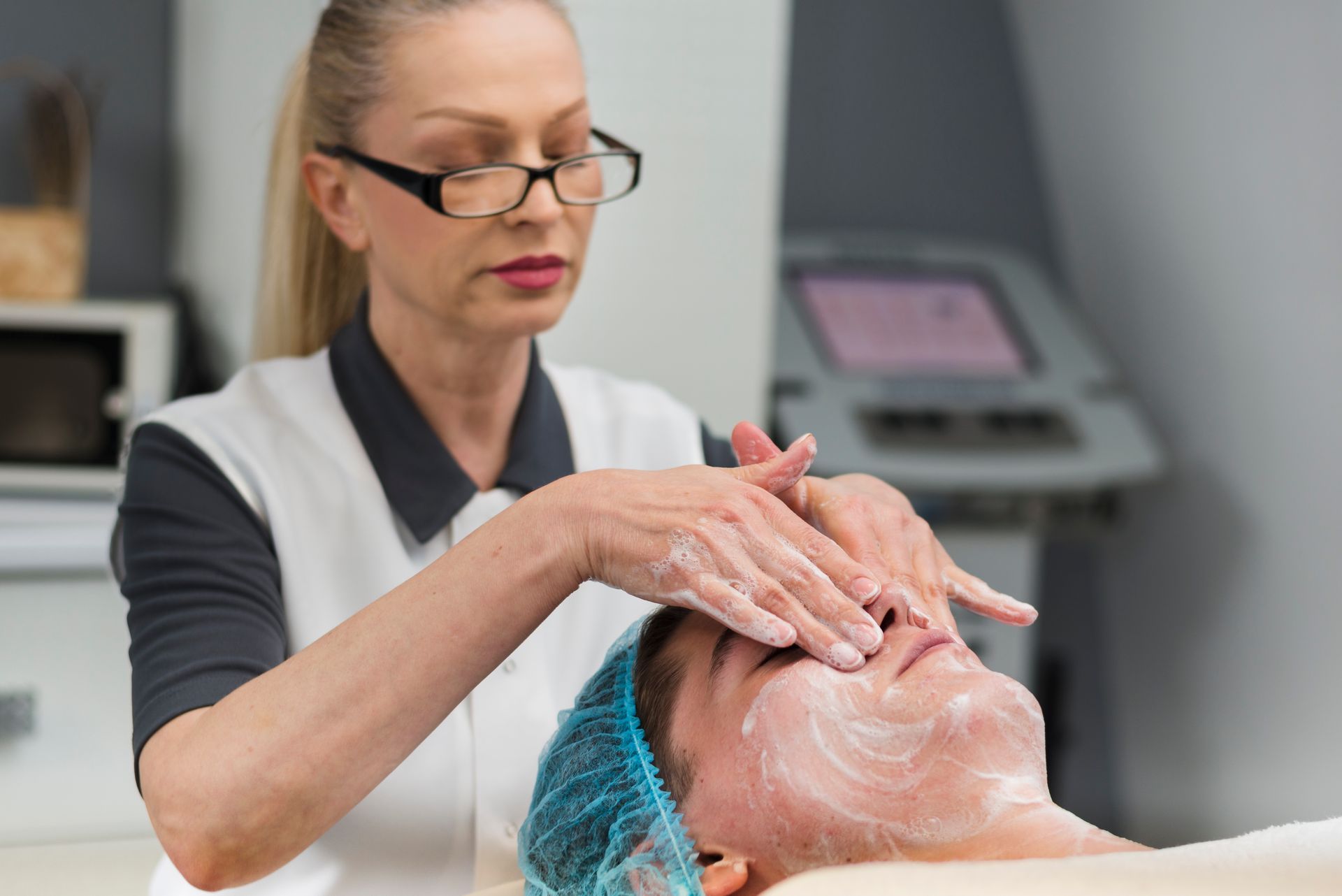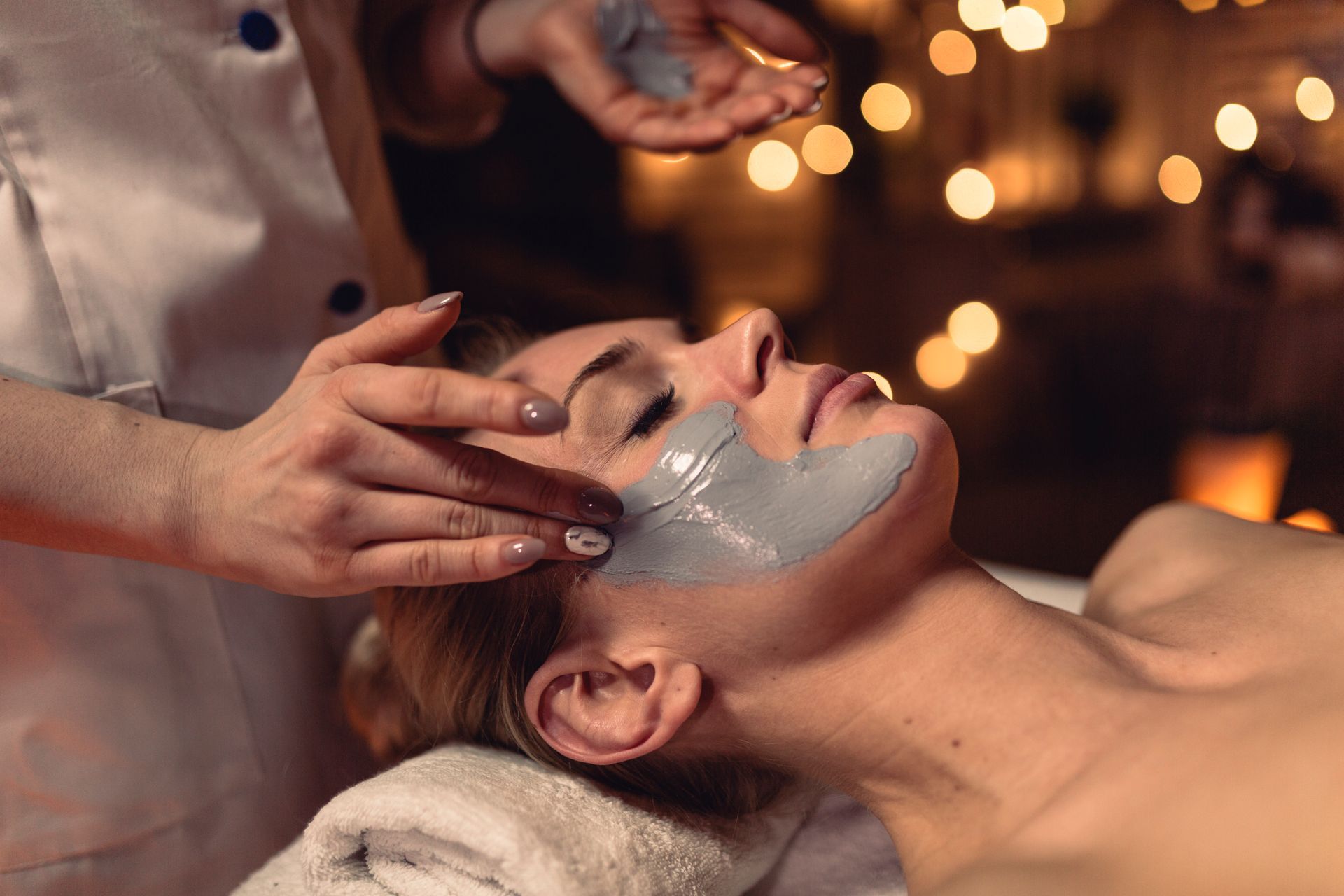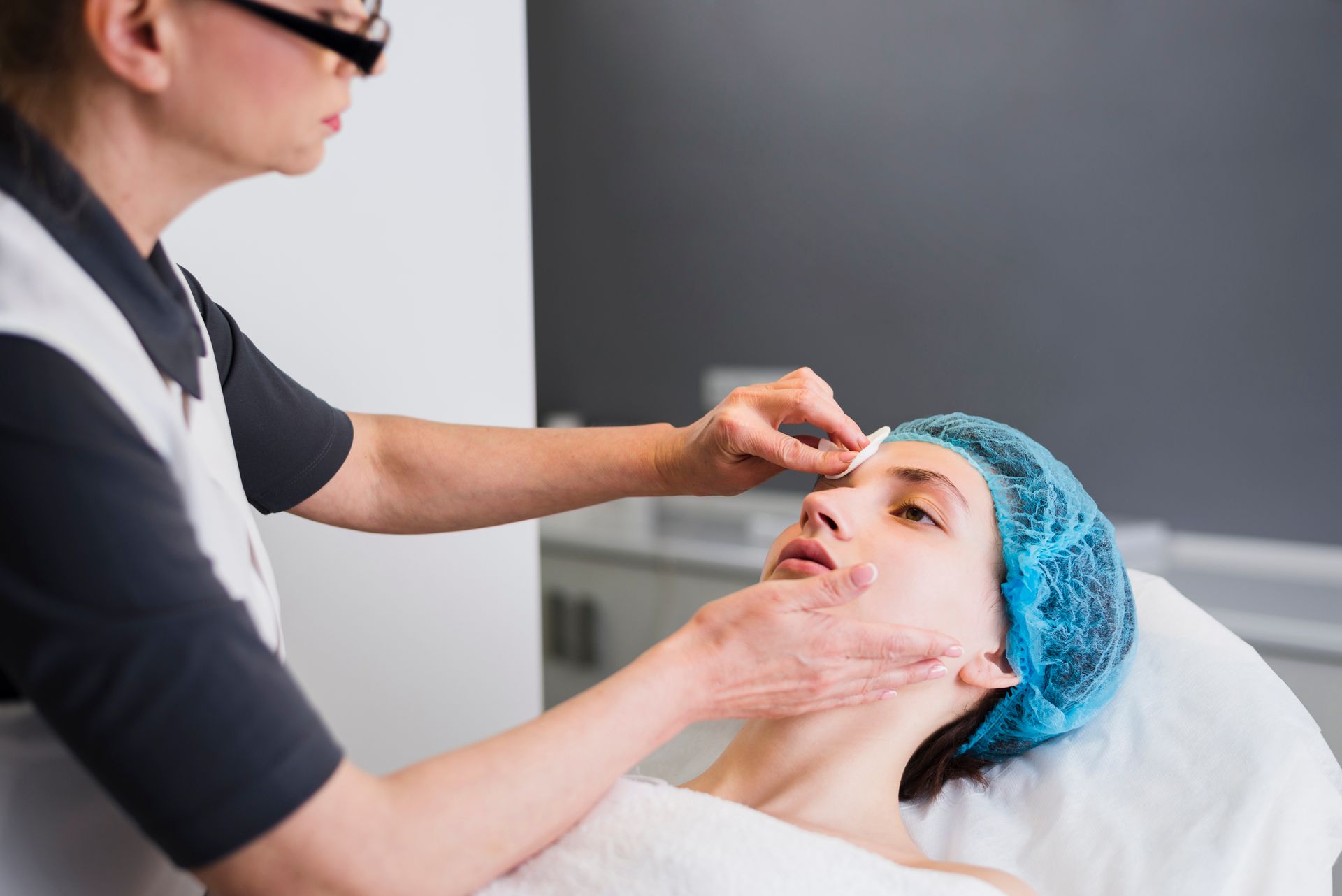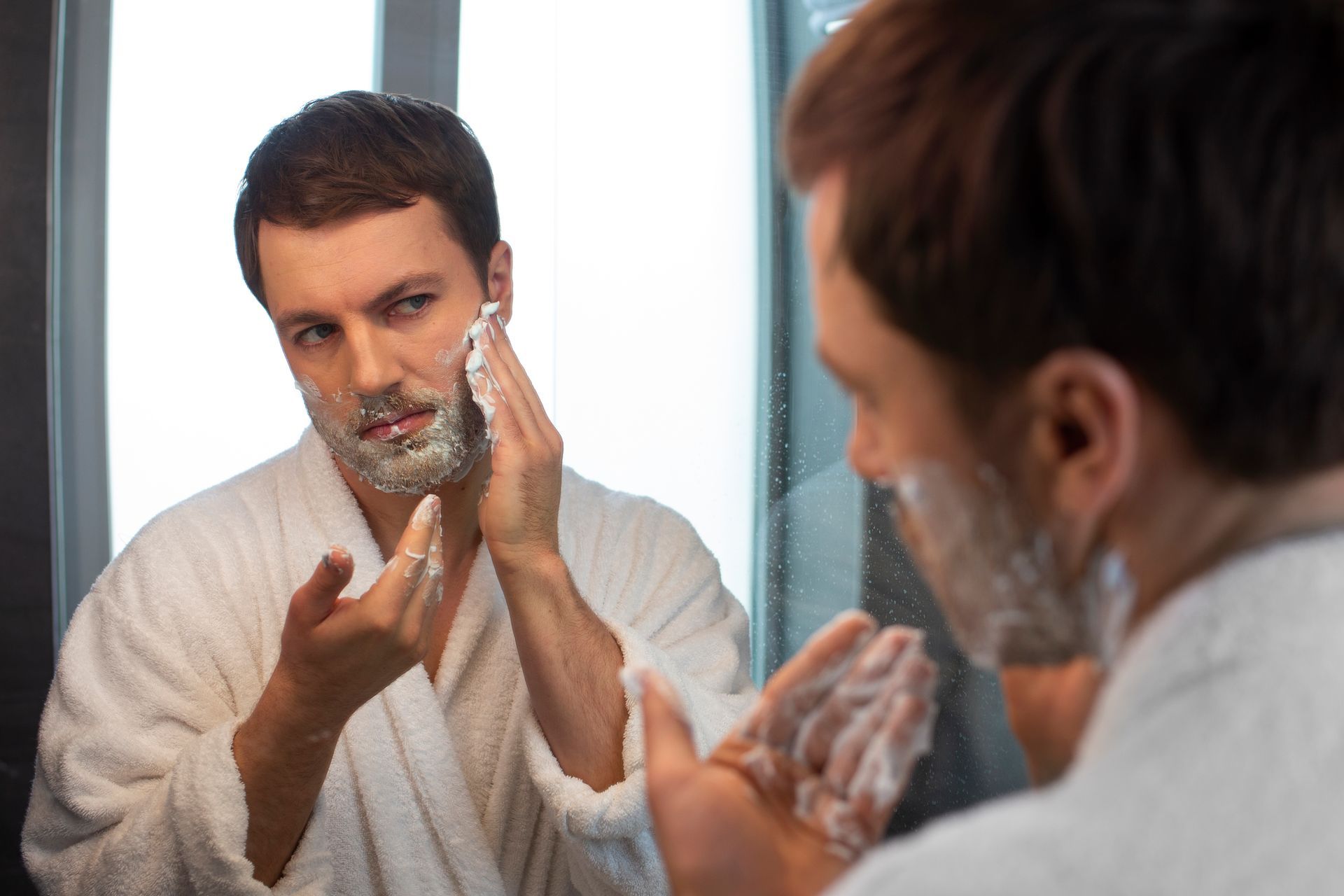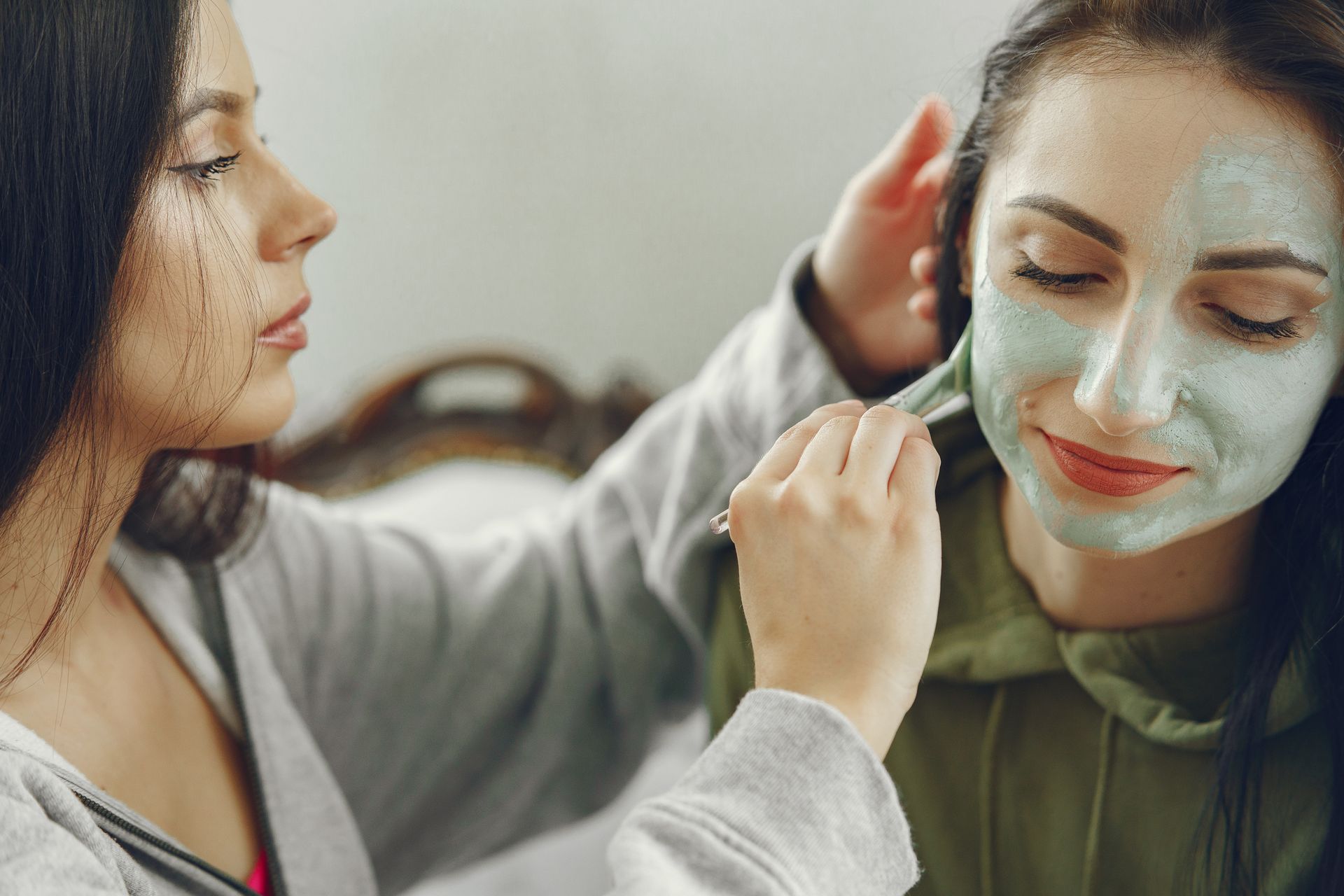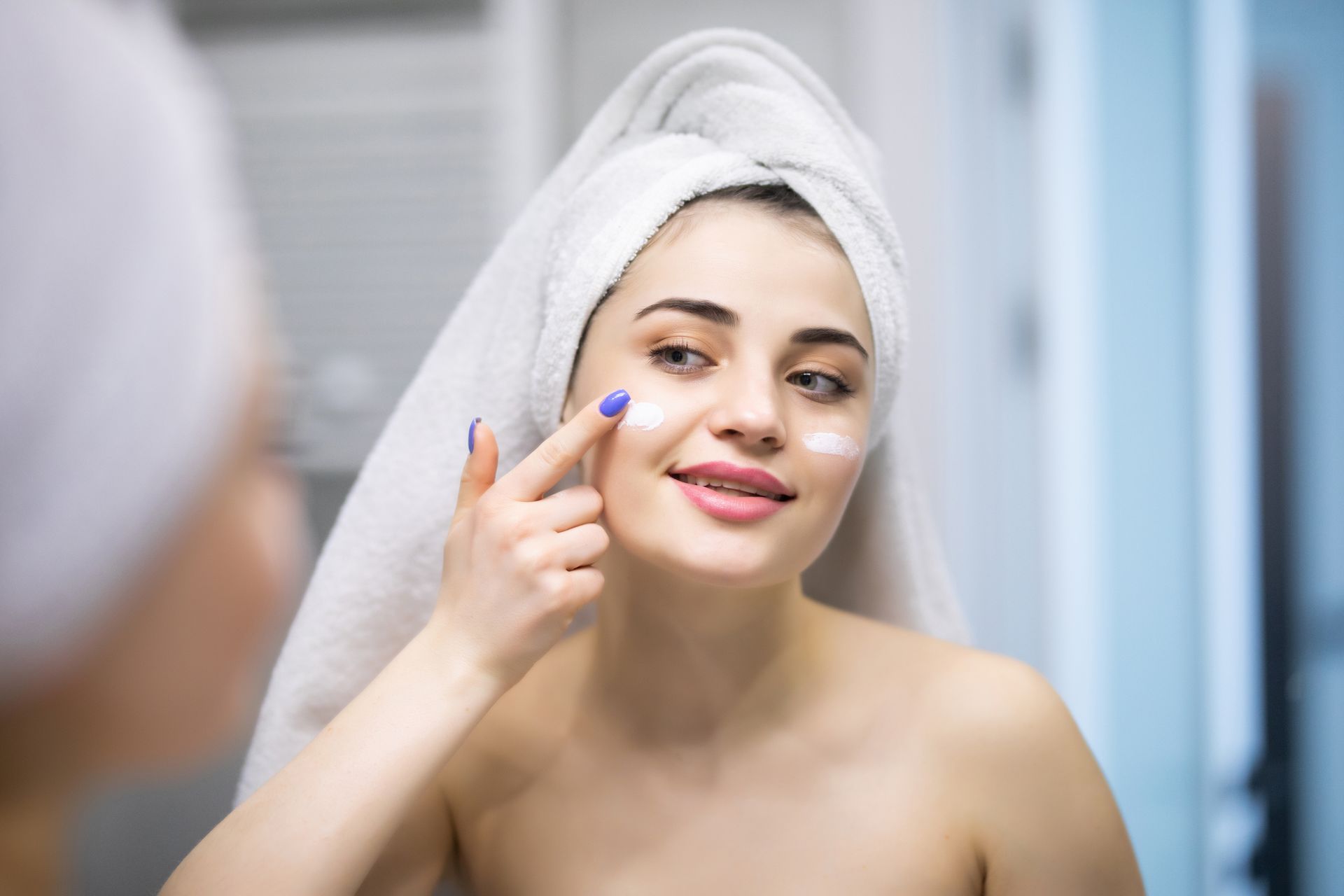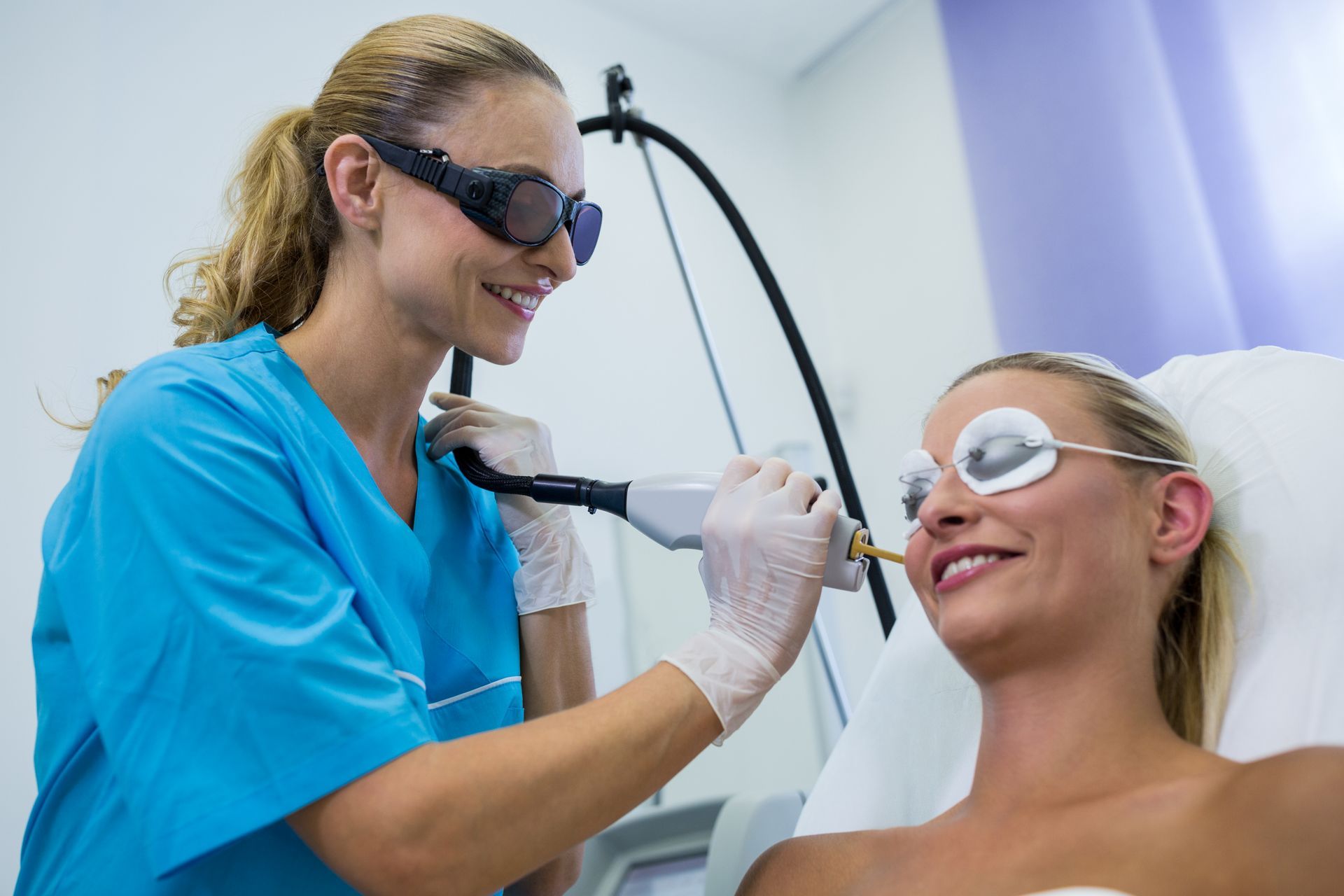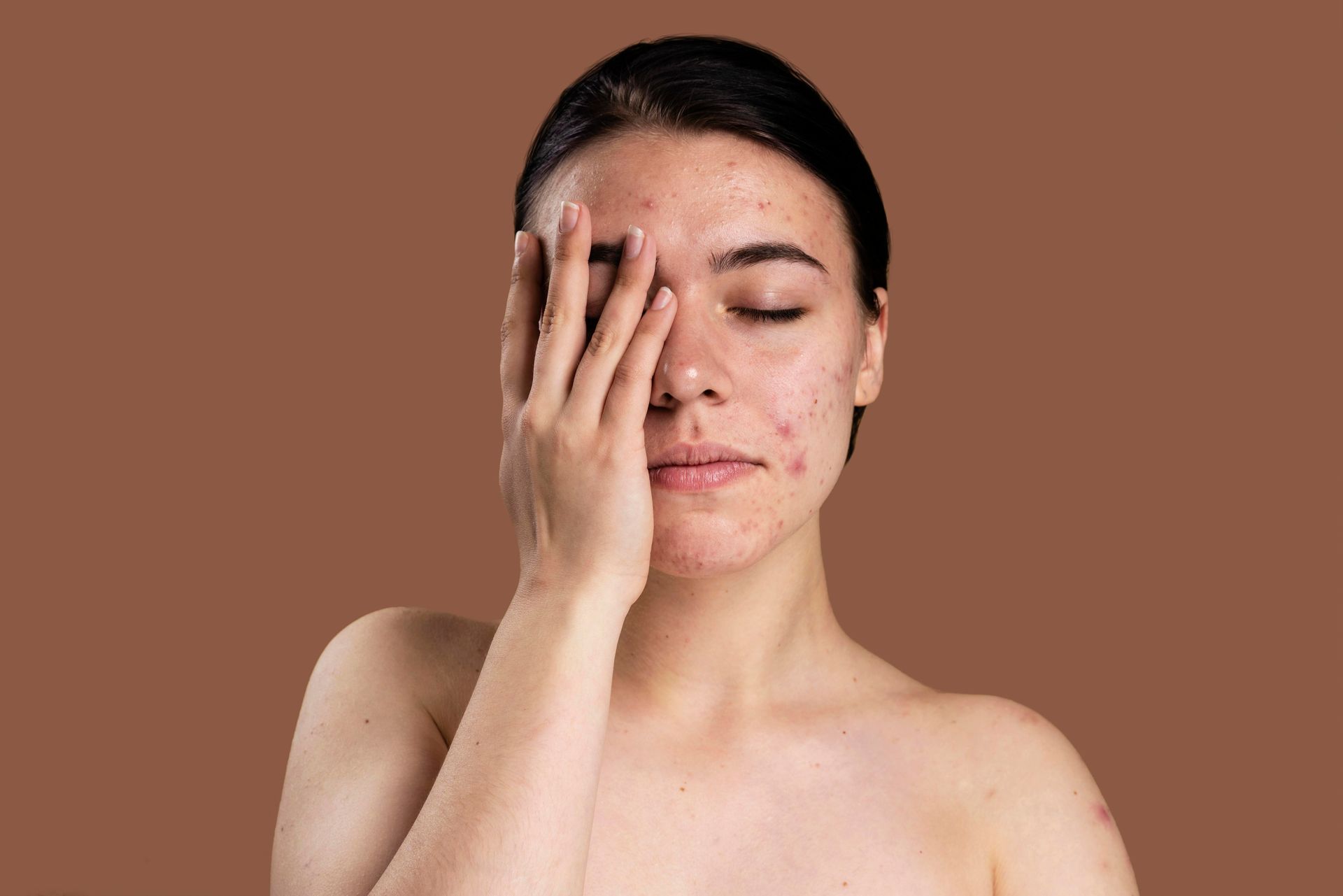Can Facials Help With Anti-Aging and Wrinkles? Here’s the Truth
When conversations about anti-aging skincare come up, people often wonder whether regular facials can actually reduce wrinkles or if they only provide temporary “glow.” The truth lies somewhere in the middle: facials don’t replace dermatological procedures, but they absolutely play a meaningful role in slowing visible aging, improving texture, and boosting long-term skin health.
To understand how, you need to know what happens during a facial and how it affects the deeper layers of the skin that drive aging.
What to Expect After Your First Facial: Redness, Results, and Care Tips
How Aging Shows Up on the Skin
Before digging into facials, it helps to understand what you’re fighting against. Skin ages for two major reasons:
Intrinsic aging is natural. Collagen and elastin production slows, cell turnover becomes sluggish, and skin gradually loses firmness and volume.
Extrinsic aging is caused by lifestyle and environment. UV exposure, pollution, dehydration, stress, and poor skincare habits can accelerate the development of wrinkles, pigmentation, and dullness.
Facials can’t stop time, but they can help prevent and reduce the impact of extrinsic aging while supporting healthier skin function.
How Facials Slow Visible Aging
A professional facial does more than cleanse and moisturize. The techniques used—steam, exfoliation, massage, masks, serums, LED therapy, and mild peels—collectively improve the way your skin regenerates.
1. Increased Circulation and Oxygen Flow
Facial massage boosts blood flow, delivering oxygen and nutrients to the skin cells. This improves tone and encourages collagen regeneration, making the skin naturally plumper and more radiant.
2. Deep Exfoliation for Fine Lines
As we age, dead skin cells accumulate longer on the surface. Deep professional exfoliation removes this layer, instantly smoothing texture and improving the way skincare ingredients absorb.
Chemical exfoliation (AHA/BHA peels) triggers mild cellular renewal, which helps soften early fine lines and reduces dullness.
3. Hydration Boost That Minimizes Line Visibility
Many wrinkles look deeper simply because the skin is dehydrated. Facials flood the skin with humectants, peptides, and hydrating masks that plump the surface and reduce creasing.
While hydration doesn’t “erase” wrinkles, it makes them dramatically less visible.
4. Stimulation of Collagen With Advanced Techniques
High-quality facials may include add-ons like:
- LED red-light therapy
- Microcurrent stimulation
- Collagen masks
- Enzyme treatments
These approaches encourage collagen production and strengthen skin elasticity, giving a subtle lift over time.
Can Facials Actually Reduce Wrinkles?
Facials can help soften early fine lines and prevent deeper ones from forming, but they will not remove deep-set wrinkles alone. What they can do is:
- Improve firmness and skin thickness
- Encourage collagen regeneration
- Improve texture and smoothness
- Enhance hydration so lines are less visible
- Slow further damage from sun and pollution
For many clients, facials act as a long-term maintenance strategy that keeps the skin healthier, more youthful, and slower to age.
What Kind of Facial Is Best for Anti-Aging?
Not all facials target anti-aging, so choosing the right type matters. The following treatments are most effective:
Hydrafacial
Great for plumping and exfoliating. It improves clarity, hydration, and overall skin vibrancy.
Chemical Peel Facial
Light to medium peels boost collagen, soften lines, and brighten pigmentation.
Microcurrent Facial
Often called the “non-surgical facelift,” microcurrent tones facial muscles and tightens the skin.
LED Red Light Facial
Stimulates collagen production at a cellular level.
Collagen or Peptide-Infused Facials
Ideal for mature skin needing firmness and deep hydration.
What Happens During a Professional Facial? Step-by-Step Guide to the Process
How Often Should You Get Anti-Aging Facials?
For best results, consistency is key. Professionals usually recommend:
- Every 3–4 weeks for ages 30+
- Every 4–6 weeks for younger skin
- More frequent sessions for targeted concerns like sagging or early wrinkles
Just like working out, you can’t do one session and expect lasting results. Anti-aging facials work cumulatively.
When Facials Aren’t Enough
Facials support anti-aging, but deeper wrinkles may need additional dermatological treatments such as:
- Microneedling
- Laser resurfacing
- Botox
- Fillers
- Radiofrequency tightening
Think of facials as the foundation: they keep the skin healthy, youthful, and more responsive to advanced treatments if you choose them later.
Final Thoughts: Do Facials Really Help With Aging?
Yes—facials can absolutely help with anti-aging when done consistently and tailored to your skin needs. They improve hydration, stimulate collagen, boost cell turnover, and prevent the formation of deeper lines. While they won’t replace cosmetic procedures, they are one of the best long-term strategies to maintain youthful, glowing, resilient skin.
Regular professional facials combined with a good daily skincare routine create the strongest defense against visible aging.

